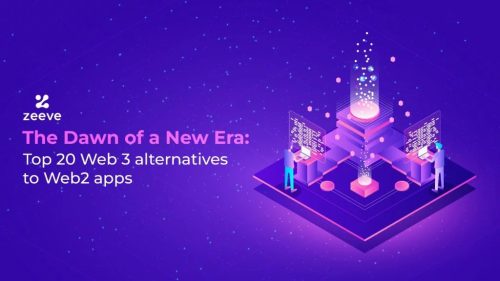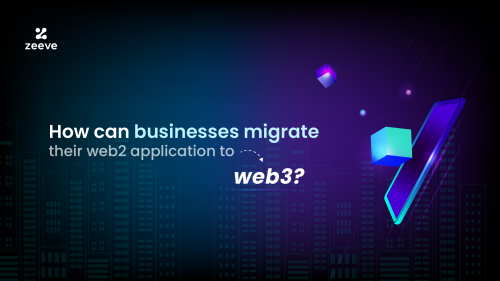Decentralized Infrastructure For Government

Government Technology Paradigm Shifts
When cloud technology first emerged, most civil servants scoffed at the idea that governments would ever allow public-sector data to reside on third-party services. The idea was laughable. But there were some early visionaries and adopters.
One pioneer was Sandy Barsky. He has been a visionary leader in driving the U.S. government’s adoption of cloud computing. During his extensive career at the General Services Administration (GSA), he played a critical role in modernizing federal IT by introducing cloud-based solutions and service-oriented architecture into procurement and operations. As Enterprise Architect for the GSA Cloud Computing Service, Barsky championed the use of open-source platforms and electronic contract management systems, helping federal agencies transition to more agile, scalable, and cost-effective IT environments. His thought leadership and advocacy laid the groundwork for broader cloud adoption across government agencies, shaping the future of public-sector technology.
And many more followed. Now, there are many 3rd party government cloud providers.
With Blockchain It’s Deja vu All Over Again
When blockchain technology first emerged, most civil servants scoffed at the idea that governments would ever use decentralized infrastructure. This idea was also laughable. But there were some early visionaries and adopters.
But, just like Sandy Barsky, there were emerging govtech leaders in government. And, the Government Blockchain Association (GBA) is where they connect, communicate, and collaborate. Today the GBA includes members from over 500 government offices in more than 100 countries, spanning local, regional, national, and international levels. These government professionals are pro-blockchain, pro-digital assets, pro-cryptocurrency and support leveraging blockchain technology to improve transparency, efficiency, and trust in public sector operations.
How Can Governments Trust DePIN Solutions
To help answer this question, the GBA developed the Blockchain Maturity Model (BMM), a roadmap to guide the development of trusted DePIN solutions and a framework to evaluate the reliability, integrity and trustworthiness of blockchain solutions. Solutions that are verified against the robust criteria of a BMM assessments are published on a directory of Web3 Emerging Tech Solutions.
This Directory serves as a preferred vendor list for solutions in a wide variety of industry domains. Government officials can use the directory to identify BMM rated trusted DePIN solutions including:
| CESS Network | CESS Network is a decentralized cloud infrastructure optimized for AI, offering secure, scalable, and cost-efficient data storage and sharing to support high-performance AI model training and deployment. |
| TapestryX | TapestryX enables scalable, real-time distributed ledger networks for finance, government, and industry, featuring event-driven scripting, GAAP-compliant accounting, self-synchronizing architecture, and interoperability with existing systems. |
| Oracle Blockchain Platform | Oracle Blockchain Platform as a managed Hyperledger Fabric service on Oracle Cloud Infrastructure and other environments, focusing on permissioned, private, and consortium use—not individual components. |





Responses